Philadelphia plane crash CVR unearthed eight feet deep, aircraft victims named
Aerotime
FEBRUARY 3, 2025
Officials from the National Transport Safety Bureau (NTSB) hope the cockpit voice recorder (CVR) will shed light on what caused the tragedy on January 31, 2025. The black box belonging to a Learjet 55 ambulance aircraft that crashed in Philadelphia has been found by investigators at a depth of eight feet.

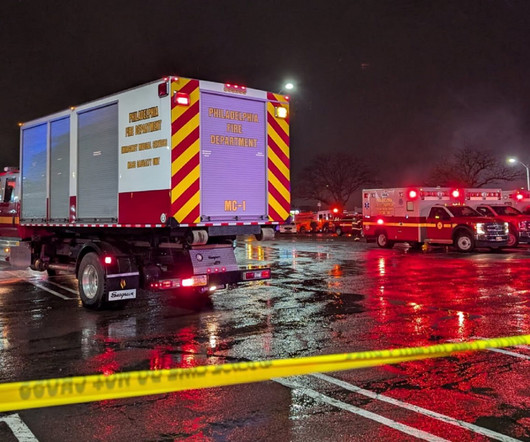
















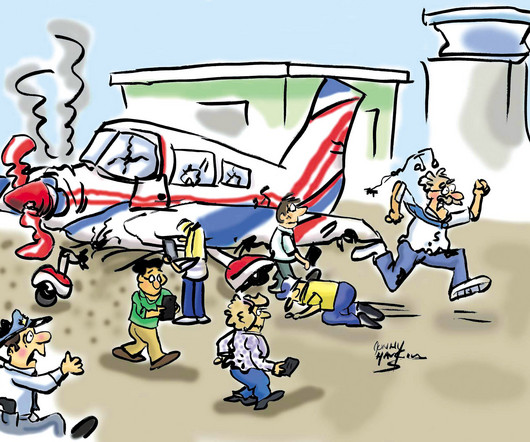
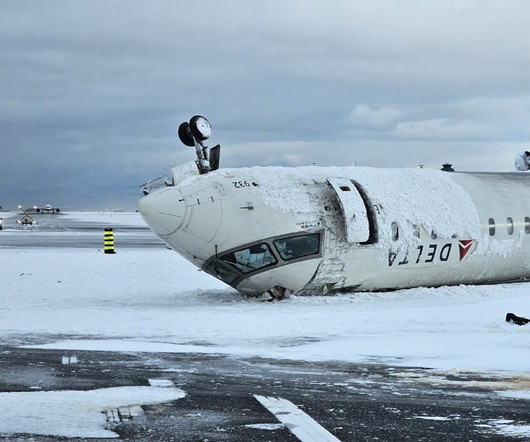


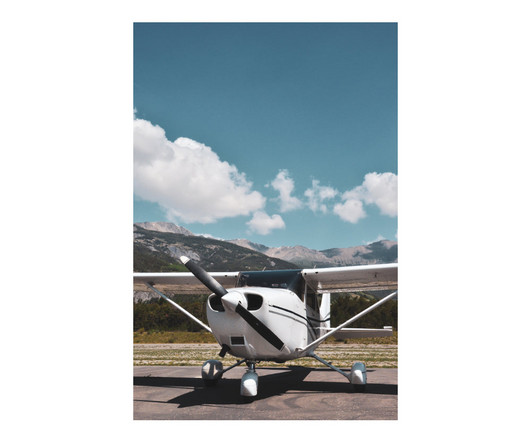
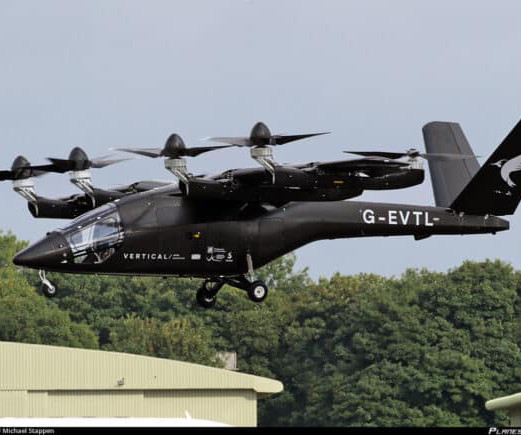

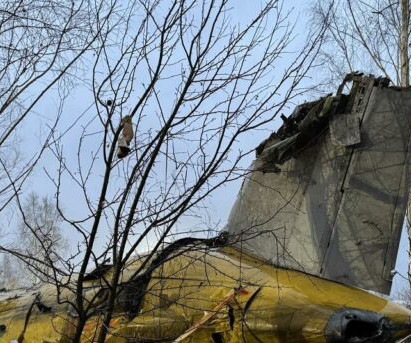


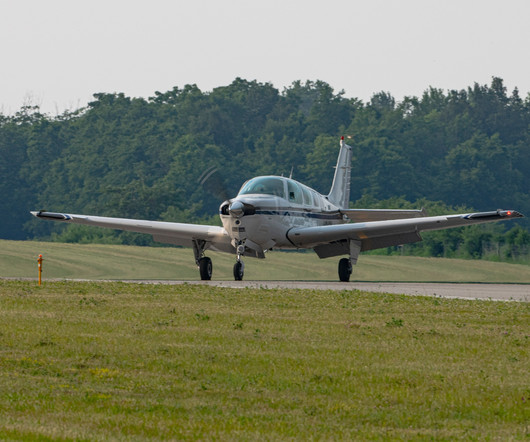

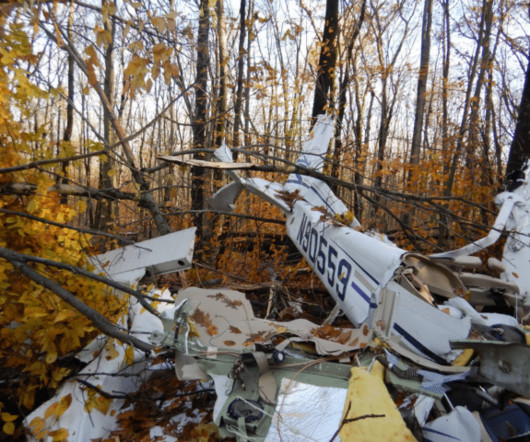


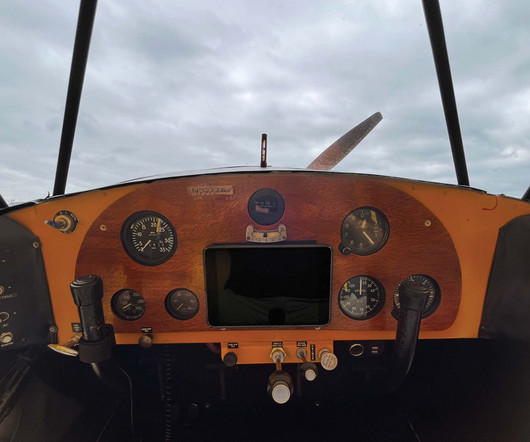




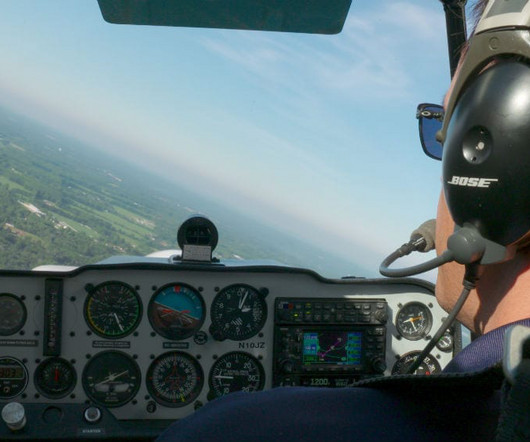
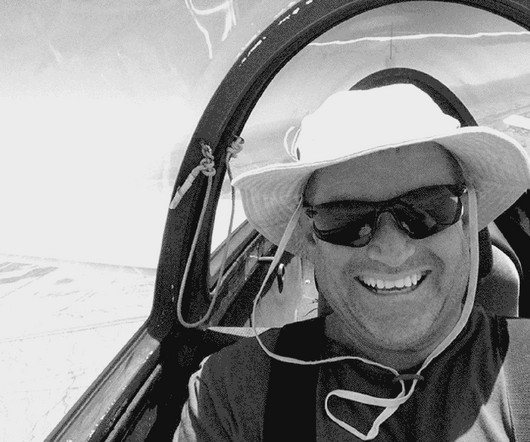




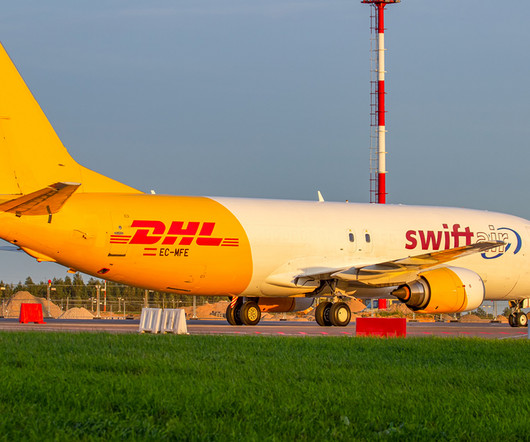






Let's personalize your content